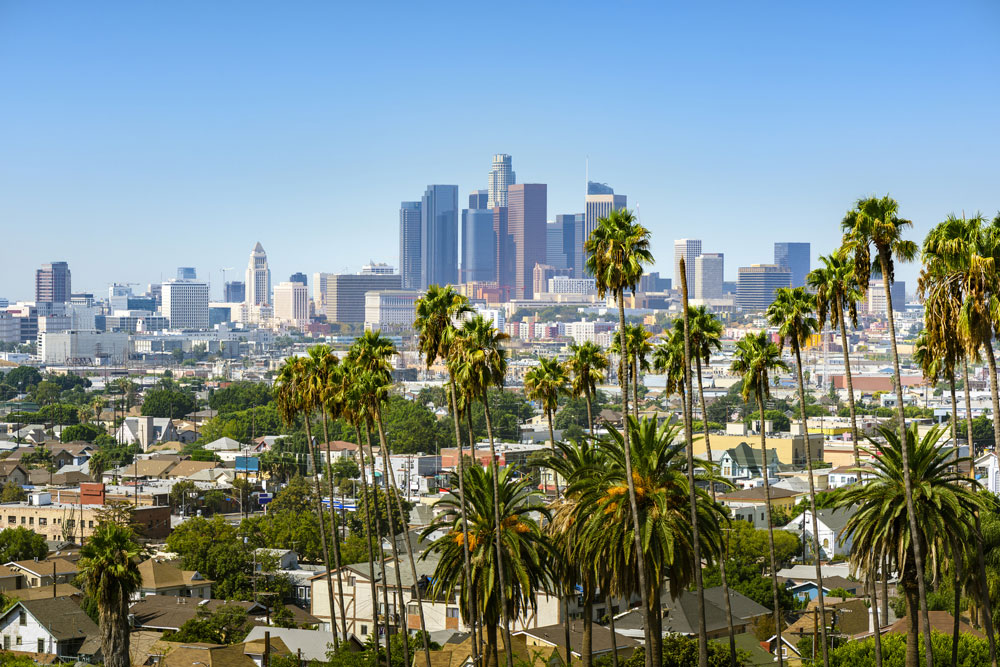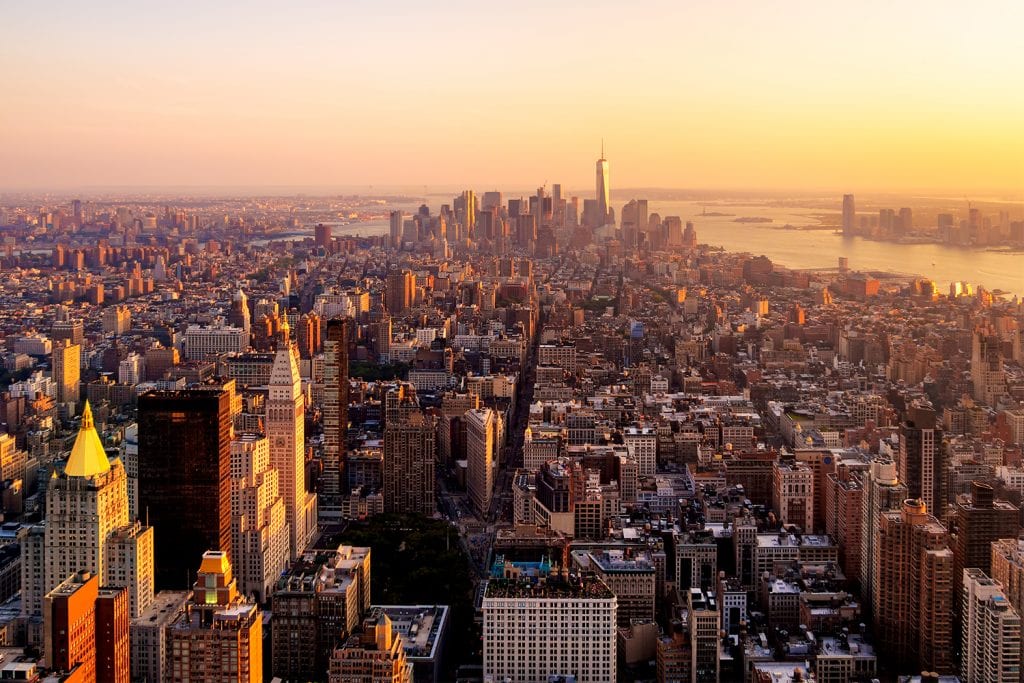Are “mega cities” more alike than “countries”?
When we think about different countries, even within close political and economic unions like the European Union, it is often the differences of culture, food, or language we focus on, rather than any similarities. But what about Mega Cities? Here at Buro Happold we are noticing how similar they appear.
For example, we recently asked our cities teams in London and New York to make some predictions as to what 2016 might bring each city. It was surprising how similar the outlook appeared.

The first common theme is Affordable Housing. Cities remain attractive places for people to move to, and while over 50% of the world population now lives in cities, this proportion is expected to keep growing. Economic activity of cities is also accounting for a disproportionately large slice of national wealth (for example France and Japan both delivered 70% of GDP growth between 2000 and 2010 from their large cities).
In London we see both Mayoral candidates putting housing, and especially affordable housing, at the top of their agendas, as the city struggles to see how it can accommodate the predicted extra residents.
Despite the negatives, cities appear to be drawing more and more people to them, with the reach and draw of Mega Cities in particular now stretching well beyond their own national boundaries. In New York we see an ambitious $10bn affordable housing plan across the city. In London we see both Mayoral candidates putting housing, and especially affordable housing, at the top of their agendas, as the city struggles to see how it can accommodate the predicted extra 1.5m over the next 15 years at a time when there are already more people in the city than ever before (see our blog on the subject). However, the common theme is not just the need for more housing, but the increasing realisation (even in such bastions of capitalism as New York and London) that the market cannot, alone, solve this problem.Affordable housing in Mega Cities is increasingly being seen as essential piece of infrastructure, no different to water, power or transportation.
The next common theme is Transportation. Both cities networks under severe stress, but this is not new, and is part of the ongoing challenge all cities face all the time. What is new this year is that both are looking in new ways at things that until recently had been taken for granted. London, for example, having turned its back on the Thames for so long is now rediscovering it, with Bridge mania in full swing. Meanwhile New York is looking to reinvigorate some of its most iconic, but increasingly weary elements of its transportation system including La Guardia Airport, the Long Island Railroad and Penn Station.
Third, we see growing realisation that cities influence a Region well beyond their official boundaries. New York continues to search for a bi-partisan accord that will see the much needed, and long awaited, Amtrak Gateway Tunnel. This will deliver benefits across the region, but stands or falls on the resolution of the funding of the tunnel under the Hudson River.
London has a similar dilemma – how to accommodate a new high speed line from the north to the city in a manner which doesn’t cause more harm to the city than the benefits created for the regions. As with New York, at Buro Happold we feel the solution is a route under and across the city (see our work on Cross City ConnectTM). Finally, and perhaps not unsurprisingly, we see politics, but in a form that doesn’t simply match the national position or style. Mega Cities arises have incredible economic power combined with high levels of independence from central Government. For example, the Mayors office in New York administers all city services, public property, police and fire protection, and most public agencies. To do this the Mayor oversees a budget of around $70bn a year, employs over 300,000 people, and spends about $20bn to educate more than 1m students. This is far more power than is found in the hands of many national heads of state. The New York Mayor is mid-term but already people are talking of how success or not now of a number of high profile initiatives will define his re-election prospects. Meanwhile, in London we have the upcoming mayoral election in 2016, an event that increasingly transcends national political concerns or allegiances.
You are also far more likely to find the same shop or restaurant chains in London and New York than you are to find them in rural heartlands of the UK or the USA. As such, major cities, from a cultural perspective, transcend national identities and norms.
There is of course one last way in which cities appear more alike than countries. As the recipients of large inflows of population, often from well beyond their own national borders, their cultures, languages, even their foods, are far more cosmopolitan than the rest of the country. For example, ticket machines on the London Underground now operate in English, French, German, Italian, Japanese, Spanish, Arabic, Bengali, Chinese, Greek, Gujarati, Hindi, Polish, Punjabi, Tamil, Turkish and Urdu. You are also far more likely to find the same shop or restaurant chains in London and New York than you are to find them in rural heartlands of the UK or the USA. As such, major cities, from a cultural perspective, transcend national identities and norms. If this world truly is becoming one global village then perversely it is the urban Mega City that is making it happen.


